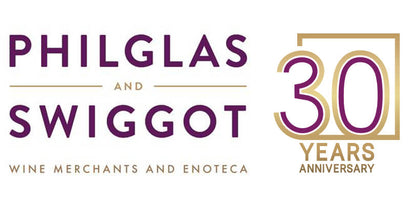Your Cart is Empty
The Christmas Cellar: Wines & Gifts
This Christmas, find the perfect wine and gifts for everyone on your list at Philglas & Swiggot. Whether you're looking to impress with a sophisticated bottle of Bordeaux, bring warmth to a winter gathering with festive reds, or delight the sparkling wine lover with a celebratory Champagne, we have a selection that’s carefully curated for quality and taste. Philglas & Swiggot has been a trusted name for wine lovers for over 30 years, and this holiday season, we’re ready to make your shopping simple and special. Discover our range of unique and giftable wines, accessories, and thoughtfully assembled cases. Stop by, or browse our online collection to bring a touch of elegance and flavour to your festivities!










